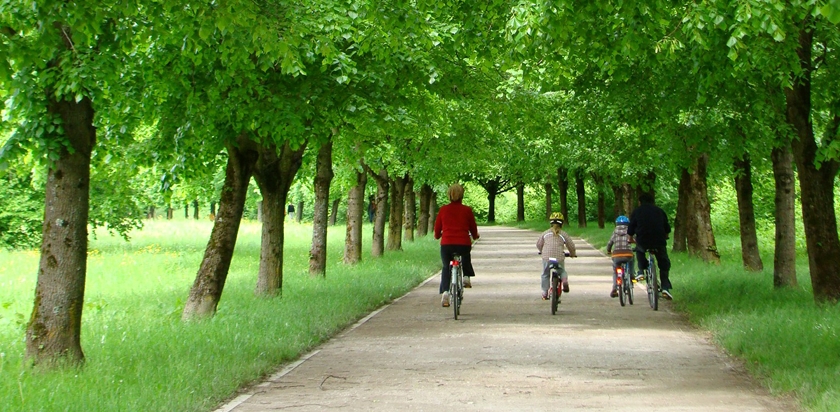The march – living cultural heritage
On 3 May 2016, the Ministry of Culture entered a new item in the register of living cultural heritage – the March along the Barbed Wire. The entry coincides with this year’s 60th anniversary March which additionally accentuates the significance of this event for Ljubljana, this year’s European Green Capital, as well as for its residents.
The March along the Barbed Wire is a mass recreational and sporting event held in commemoration of the citizens’ uprising against the occupation forces during the Second World War on the route around Ljubljana were between the years 1942 and 1945 the barbed wire stood, namely, it was erected alongside over more than hundred bunkers by Italian occupiers.
Each year, the March along the Barbed Wire is held on Thursday, Friday and Saturday before 9 May when in Ljubljana, City of Heroes, we celebrate our City Holiday, Peace Day, and on this day the whole of Europe marks the end of the Second World War.
Ever since its beginnings 60 years ago, the March has been associated with preserving the memory of Ljubljana’s history and at the same time serves as one of the important building blocks of the city’s identity. In addition to preserving historical memory it also encourages people to lead an active and healthy lifestyle, socialise and care for the environment.
In the justification for entering the March in the register of living cultural heritage the Ministry of Culture wrote: »The March along the Barbed Wire has been uninterruptedly organised for decades and is a traditional event with which the participants remember the end of the Second World War. The March is held along the route which serves as a historical monument and therefore couples the historical experience with contemporary aspirations, such as leading a healthy lifestyle and recreation. The annually organised event with mass participation of individuals, groups and schoolchildren significantly contributes to the preservation of historical memory and the formation of the identity of a modern city. Historical experience, promotion of physical culture and the well maintained route of the path have jointly contributed to the fact that the participants of the event adopted the March as their own at its very beginning, which is also evident in the annual increase of people participating in the 'recreational march' and organised competitive programmes. The March is inextricably linked to the Path of Memories and Comradeship as a historical monument and is an important element of city’s heritage.«


